
In this video, Susan Wise Bauer and Grammar Teacher and Author Jessica Otto walk you through how Grammar for the Well-Trained Mind works. They also guide you through the Blue Workbook and Key to Blue Workbook and the Yellow Workbook and Key to Yellow Workbook.
We also provide you with a sample chart of how you can use three books over the course of four or five years.
Transcript:
Susan: I’m Susan Wise Bauer. I’m the author of the Grammar for the Well-Trained Mind series. We designed this series to give middle and high school students a really good, firm grasp of grammar that will turn them into better writers. You can use it to follow up on our elementary curriculum, which is First Language Lessons for the Well-Trained Mind, or you can start right into it with the middle grade or even high school student who hasn’t had grammar before, because in each workbook of the series, we go through the rules from the beginning to the end, from the most simple sentences, one subject, one predicate, to the most complex sentences that we can find.
So here’s how this program is designed. There is one Core Textbook, and that is used by the parent/teacher to guide the students through one year’s work. There are four different workbooks for the students. So you can do this program for four whole years and a little more, as we’ll see in a minute, but for every year you use that same core instructor handbook. However, for each year, there is a different workbook. So every year you go with the same rules and the same examples, but the student gets a whole new set of material to practice those skills on. The idea is that there’s a combination here of repetition, which helps build skills, but then taking those skills and practicing it on a wide variety of really good writing from many, many different great authors.
So, four workbooks, four keys. What you’ll see here is that we have two workbooks and two keys. We have a Red and a Purple. This fall [Update: Spring 2020] we’ll be coming out with the third workbook, which is Blue, and we’ll be putting up the first week’s online in the fall so that students who don’t necessarily want to wait for the print copy can go ahead and get started. We’ll make those available to you for free. Then we’re also planning a fourth workbook which will be Yellow. That is going to come out after another year’s delay. What we’re finding as we work through this material is that finding really, really good examples and good sentences that are from real published writers, that go along with the rules that we’re teaching, that are really accessible to the student but also challenge the student is just a really big challenge. It takes us a long time to find those and then to format them so that they’re helpful. So we’ve decided to take an extra year with the final workbook in the program.
However, you don’t need to panic about that. Because while we’ve sort of structured this to do one workbook over the course of the year, and then another workbook the next year, and then another workbook the year after that, what we’re finding is that most students really need more than a year to work through the material, which is absolutely fine.
So I’m actually here with Jessica Otto, who teaches Grammar at the Well-Trained Mind Academy. She uses these books. Have you found it necessary to cover the entire workbook in one year?
Jessica: I have never covered the entire workbook in one year.
Susan: The professional speaks.
Jessica: Both in my classroom settings, where I have multiple students, and in a tutoring room where I would just have one student, we slow down our pace because we want the student to master the skill. That’s the most important thing. So we would never go through a workbook in a single year.
Susan: Well, as you get on towards the end of the workbooks, they start off, you know, pretty simple where you’ve just have subject, predicate. But as we get towards the end, you’ve got, you know, multiple dependent clauses, absolute constructions, all of these different, very complicated things that students really need to stop, slow down and take their time, and you don’t expect them to have mastery the first time through. That’s why we have more than one workbook. So when you’re using this course at home, you do not need to feel that you’ve got to finish it in a year. You should go at the student’s space, stay on the lesson until you feel like they’ve really covered the concept. And even then, don’t worry if they haven’t mastered it because you’re going to come back around to that same concept in another year.
So, Red, Purple. Blue coming this fall. Yellow, we will keep you posted as to the release date. But while you’re waiting for Yellow, you can slow down and enjoy the workbooks that we have available now.
Recommended Products
-
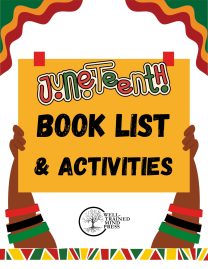
Juneteenth Booklist & Activities
0 out of 5$0.00 Add to cart -
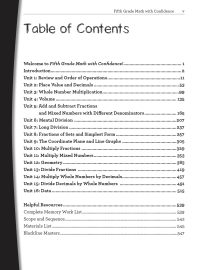
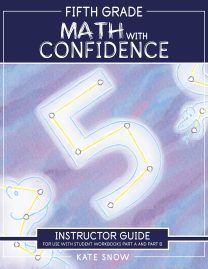
Fifth Grade Math with Confidence Instructor Guide
0 out of 5Starting at:$36.95Original price was: $36.95.$27.71Current price is: $27.71. Select options -
Sale!

Hansel & Gretel and Other Stories: Downloadable MP3
0 out of 5$12.95Original price was: $12.95.$8.42Current price is: $8.42. Add to cart -
Sale!
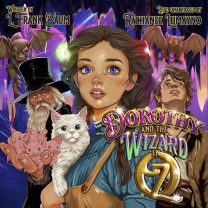
Dorothy and the Wizard in Oz: Downloadable MP3
0 out of 5$25.95Original price was: $25.95.$16.87Current price is: $16.87. Add to cart -
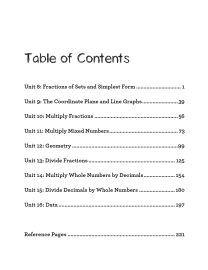 Sale!
Sale!
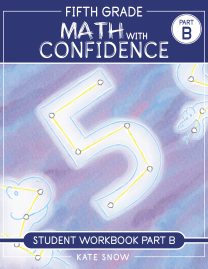
Fifth Grade Math with Confidence Student Workbook B
0 out of 5$16.46 – $21.56 Select options This product has multiple variants. The options may be chosen on the product page -
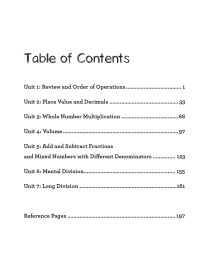 Sale!
Sale!
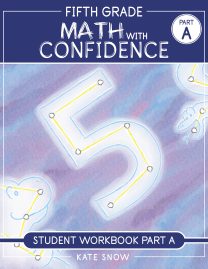
Fifth Grade Math with Confidence Student Workbook A
0 out of 5$16.46 – $21.56 Select options This product has multiple variants. The options may be chosen on the product page
ABOUT THE AUTHOR
Susan Wise Bauer
Join over 100,000 homeschooling families
For the latest offers, educational insights, products and more.
By joining you agree to our privacy policy.




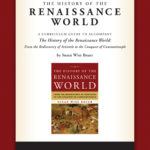

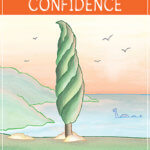





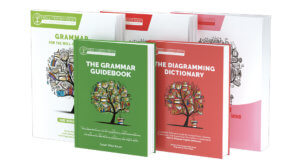


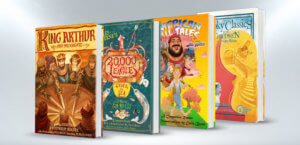
9 thoughts on “Grammar for the Well-Trained Mind: How the Program Works, and a Tour of Blue”
I like to study English.
My son is going into fifth grade and completed almost all of the First Language Lessons level four. Should we complete this workbook before moving on? What color workbook should I select next? Any help is greatly appreciated.
Your son should definitely finish FLL4 before moving on to GFTWTM. For GFTWTM, you use the same instructor text each year, and you can go through the workbooks in any order (the lessons repeat, but with different exercises and practice). There’s a lot more about using the GFTWTM program at this page: https://support.welltrainedmind.com/hc/en-us/articles/360053247234-Tell-me-about-Grammar-for-the-Well-Trained-Mind
My son is a high school sophomore who has advanced reading and language arts skills and is an excellent writer. Could he still benefit from your grammar program? If so, which book would you suggest we start with? Thanks!
Many schools do not go beyond intermediate or even basic grammar, so he may benefit from learning or practicing the advanced grammar skills in GftWTM. The workbooks are not sequenced, so it doesn’t matter which one you use first. Each one covers basic grammar (lessons 1-40), intermediate grammar (lessons 41-80) and advanced grammar (81-120). You can see the specific topics covered in the samples of the workbooks or the Core Instructor Text. It sounds like he probably has Lessons 1-40 down already, so you can take a closer look at the later lessons to see if there are topics he has not covered. It is a complete grammar study, so it does include concepts that many other programs do not. I hope this is helpful. If you need more specific advice, please feel free to send an email to us at [email protected].
I have used all three color books with my 12 year old son. He isn’t yet ready to move on to the intermediate grammar lessons section. Is the fourth color book published yet for us to use? If not, what is your recommendation? This curriculum has been a wonderful tool for both myself as teacher and my student!
We’re so glad that you and your son are enjoying it! We plan to have the fourth book (Yellow) out by this summer. The PDF might be available even sooner.
Since you don’t expect to finish a workbook within a year, do you recommend finishing the workbook the next year or moving on to the next book in the series?
It depends on whether the student needs a full review of what they covered in Year 1.
For example, let’s compare two hypothetical 6th-grade students, both of whom finished the Basic Grammar section (through Lesson 40) in the Red Wordbook. Student A has a solid background in grammar, was already familiar with most of the concepts, and does not need a detailed review of Basic Grammar. This student can just move on to Intermediate Grammar in the Red Workbook, with plans to do it again the next year in a different color. Student B did not previously study grammar, many concepts were new, and a thro0ugh review is needed. This student should put Red to the side for this year and complete Basic Grammar in a different color (and probably complete at least some Intermediate lessons the same year).
Some 6th-grade students will fly through Basic on the first go-round and be able to complete some or all of Intermediate that first year as well. The grammar background of middle school students varies widely, and some take to it more naturally than others, but we would not expect a 6th-grader to complete an entire workbook in a year.
Older students should move through the lessons more quickly overall, but mastery remains more important than speed.